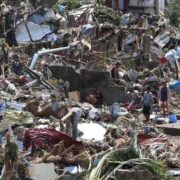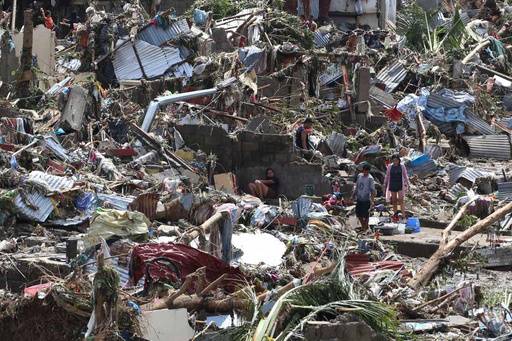WHO Europe: Almost 1 kid in 6 is cyberbullied

With young people spending up to six hours online every single day, even small changes in the rates of bullying and violence can have profound implications for the health and well-being of thousands Hans Kluge
Regional Director, WHO Europe COPENHAGEN—Some 16 percent of children aged 11 to 15 were cyberbullied in 2022, up from 13 percent four years ago, a World Health Organization (WHO) Europe report covering 44 countries said on Wednesday.
“This report is a wake-up call for all of us to address bullying and violence, whenever and wherever it happens,” WHO regional director for Europe Hans Kluge said in a statement.
Fifteen percent of boys and 16 percent of girls reported being cyberbullied at least once in recent months, according to the study, entitled “Health Behavior in School-aged Children.”
Pandemic’s effect
The UN agency noted that the pandemic has changed the way adolescents behave towards each other.
“Virtual forms of peer violence have become particularly relevant since the onset of the COVID-19 pandemic, when young people’s worlds became increasingly virtual during times of lockdown,” the report said.
Other bullying has remained largely stable with just a slight increase.
Eleven percent of boys and girls reported being bullied at school at least two or three times a month in the past couple of months, compared to 10 percent four years ago.
6 hours of screen time
The highest levels of cyberbullying were experienced by boys in Bulgaria, Lithuania, Moldova and Poland, while the lowest levels were reported in Spain, the WHO said without providing detailed data.
“With young people spending up to six hours online every single day, even small changes in the rates of bullying and violence can have profound implications for the health and well-being of thousands,” Kluge said.
One adolescent in eight admitted cyberbullying others, an increase of 3 percentage points from 2018, the report said.
The number of adolescents who engaged in physical fighting meanwhile remained stable over the four-year period at 10 percent—14 percent for boys and 6 percent for girls.
The study was based on data from 279,000 children and adolescents from 44 countries across Europe, Central Asia and Canada.
Status hardly a factor
In most places, cyberbullying peaked when children were 11 years old for boys and 13 for girls.
Parents’ socioeconomic status made little difference in children’s behavior, the report found.
Canada was however an exception, where less advantaged youths were more likely to experience bullying.
There, 27 percent of girls belonging to the 20 percent least affluent families said they had been subjected to bullying at school, compared to 21 percent of girls among the 20 percent most affluent families.
Noting that the problem was widespread, the report called for greater efforts to improve awareness.
“More investment in the monitoring of different forms of peer violence is needed,” it said.
“There is also an urgent need to educate young people, families and schools of the forms of cyberbullying and its implications, while regulating social media platforms to limit exposures to cyberbullying,” it concluded. —AFP

AFP is one of the world's three major news agencies, and the only European one. Its mission is to provide rapid, comprehensive, impartial and verified coverage of the news and issues that shape our daily lives.





















